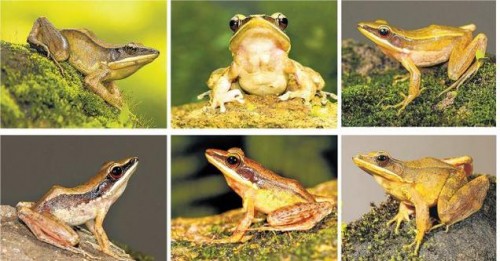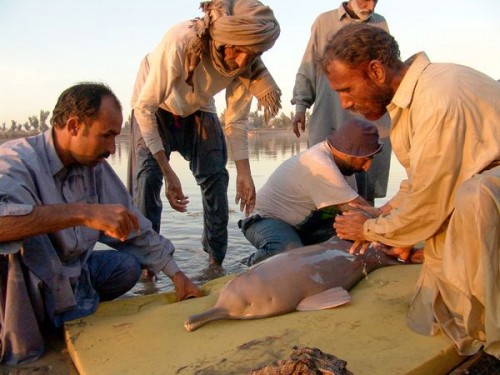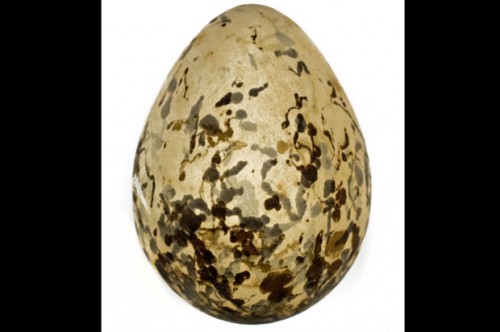A fossil of a new primate species discovered in Kashmir has been found to be a distant relative of the lemurs and might help change the known evolutionary history of primates of India and the world.

Fossil hunters have found the jawbone fossil of a new primate species from Kashmir that lived 11 to 14 million years ago and was the size of a house cat. Named Ramadapis sahnii the primate is said to be related to lemurs.
The discovery was made by a team of scientists from USA and India. The team thinks this new species could be the ancestor to two other primate groups – the Sivaladapis and Indraloris that had been earlier found in the mountain regions of India and Pakistan. These primitive primates are collectively known as Sivaladapids and believed to be distantly related to the living lemurs of Madagascar.
Read More: 9 Amazing Facts About The Red Panda
Biren Patel, an associate professor of clinical cell and neurobiology at the Keck School of Medicine of USC, has been digging for fossils in a paleontologically rich area of Kashmir in northern India for six years. The jawbone fossil was found in the lower Siwalik deposits around Ramnagar in Udhampur district in Jammu and Kashmir.
Scientists believe that this discovery can help solve a major mystery – that a primate weighing less than 5 kilos survived in North India, when others similar to it were becoming extinct during the same period.
Patel says,
“Among the primates, the most common ones in the Kashmir region are from a genus called Sivapithecus, which were ancestral forms of orangutans. The fossil we found is from a different group on the primate family tree — one that is poorly known in Asia. We are filling an ecological and biogeographical gap that wasn’t really well documented. Every little step adds to the understanding of our human family tree because we’re also primates.”
The team named the fossil after Ashok Sahni, who described the first primate fossil belonging to a Sivalidapid in 1979.

Apart from the visible link between past species of primates, the new discovery is also helping understand the type of habitat Kashmir had during that period. The fossil teeth indicate that the animal was a herbivore eating leaves and it was arboreal or tree dweller. At present this area is a rocky terrain therefore, the fossil gives important evidence that at one time the same area had forests and trees where this primate lived and ate.
Dr. Sahni who was not part of the present study said,
“This fossil belongs to a special group of primates who were existing on the Indian subcontinent when the landmass was drifting away from Madagascar towards the Asian plate. They became extinct everywhere else in the world, but survived in India and Pakistan till a few million years ago. They managed to survive because of certain special conditions, that we do not know yet.”
Thus a small piece of dental record of a primate in the form of a fossil found in a non-descript part of Jammu & Kashmir can have far reaching consequences. It shows that a lemur like primate existed in the region around 13 million years ago. It shows that the area once was a forest and it also changes the evolutionary history of primates giving proof of when the African and Asia primates evolved and diverged to the different species and subspecies.
Read More: Rare Lion Tailed Macaque Seen For The First Time In Kaiga Forest









One thought on “Primate Fossil Discovered From Jammu & Kashmir, Shows A Lemur Like Primate Once Lived Here”